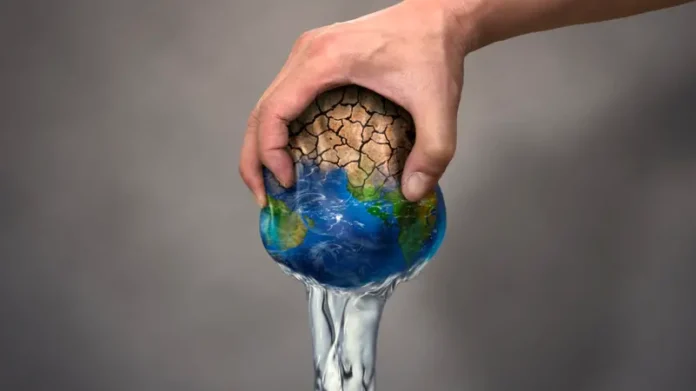Water is essential for life, but unfortunately, it’s becoming increasingly scarce on our planet. With growing populations, climate change, and pollution, water scarcity is a serious issue that affects millions of people around the world. In this article, we will discuss the causes, impacts, and solutions to water scarcity.
Causes of Water Scarcity
1. Climate Change
Climate change is causing changes in weather patterns, leading to droughts, floods, and other extreme weather events. These changes can have a significant impact on water availability, leading to water scarcity in many regions.
2. Growing Population
The world’s population is growing at an unprecedented rate, putting a strain on water resources. As more people require water for drinking, cooking, and other needs, the demand for water increases, leading to scarcity in many areas.
3. Pollution
Pollution is a major factor in water scarcity, as it can contaminate water sources, making them unsafe for use. Industrial waste, agricultural runoff, and human waste are all major sources of water pollution.
4. Over-Extraction
Over-extraction of groundwater for agriculture, industry, and municipal use can lead to depletion of aquifers, which can take hundreds or even thousands of years to replenish. This can lead to water scarcity in areas that rely on groundwater as their primary source of water.
Impacts of Water Scarcity
1. Health Issues
Water scarcity can lead to a range of health issues, including dehydration, malnutrition, and the spread of water-borne diseases. Lack of access to clean water can also lead to poor hygiene and sanitation, which can exacerbate health problems.
2. Economic Impacts
Water scarcity can have significant economic impacts, particularly in areas that rely on agriculture as a major source of income. Droughts and water shortages can lead to crop failures, which can lead to loss of income and food insecurity.
3. Social Impacts
Water scarcity can also have significant social impacts, particularly in areas where women and girls are responsible for collecting water. The time and effort required to collect water can prevent them from attending school or participating in other activities, leading to poverty and gender inequality.
Solutions to Water Scarcity
1. Water Conservation
Water conservation is an important solution to water scarcity. This can involve reducing water use through behavior changes, such as taking shorter showers and fixing leaky faucets, as well as implementing technology and infrastructure that reduces water waste.
2. Rainwater Harvesting
Rainwater harvesting involves collecting and storing rainwater for later use. This can be done through the use of rain barrels, cisterns, and other storage devices. Rainwater harvesting can help reduce reliance on groundwater and other sources of water.
3. Desalination
Desalination is the process of removing salt and other minerals from seawater to make it safe for drinking and other uses. While desalination is expensive and energy-intensive, it can be an important solution in areas where freshwater is scarce.
In conclusion, water scarcity is a serious issue that affects millions of people around the world. Causes of water scarcity include climate change, growing population, pollution, and over-extraction. Impacts of water scarcity include health issues, economic impacts, and social impacts. Solutions to water scarcity include water conservation, rainwater harvesting, and desalination. It’s important for individuals, governments, and organizations to take action to address water scarcity and ensure that everyone has access to clean and safe water.
Sources:
1. World Wildlife Fund
2. UNICEF
3. National Geographic



